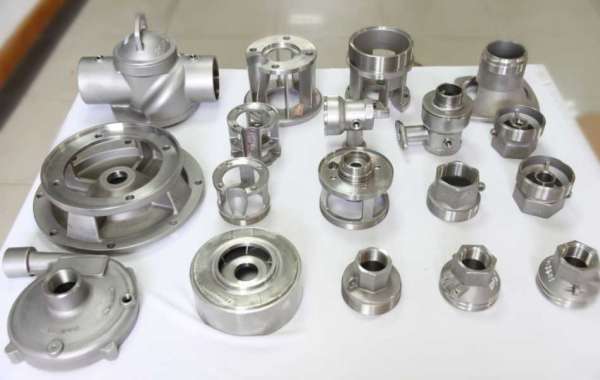
Stainless steel sand casting
Stainless steel sand casting, also known as sand casting, is a process of using non-reusable sand to form stainless steel products.
Stainless steel sand casting is relatively cheaper than stainless steel investment casting. This casting method is used to make large stainless steel parts. Because the sand must be broken to remove the part, called a casting, stainless steel sand castings are less productive. The stainless steel sand casting process involves the use of furnaces, raw materials, molds and sand molds. The stainless steel material is melted in the furnace and then poured into the cavity of the sand mold with a ladle to form a pattern. The sand molds are separated along the parting line, and the solidified casting can be taken out.
The difference between stainless steel investment casting and stainless steel sand casting
Stainless steel investment casting and stainless steel sand casting are two different casting methods for making stainless steel parts by pouring liquid metal into a mold. Because stainless steel investment casting and stainless steel sand casting have their own advantages, it cannot be said which is better, just for different applications.
Cost: Due to the complexity and preparation required, the stainless steel investment casting process always costs more than stainless steel sand casting.
Weight: Stainless steel investment casting can make castings less than 0.5kg, while stainless steel sand casting cannot make small and complex parts like investment casting. Stainless steel investment casting also has limitations on the size and weight of sand casting. The mold handling equipment in the foundry can affect the weight of the product.
Surface finish: Surface finish is another big difference between stainless steel investment casting and stainless steel sand casting. Stainless steel investment casting produces finished parts with smooth surfaces and tight tolerances. After removing the gate and shot blasting, the slab can be directly formed into net shape. For stainless steel sand casting, the mold must be separated to release the final product. As a result, the parting line will be left outside the finished part. And because the sand is rough, the surface of the finished casting will be equally rough. Therefore, secondary machining will require additional cost and time to remove parting lines and smoother surfaces.